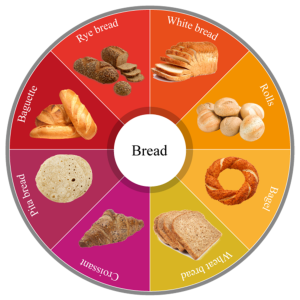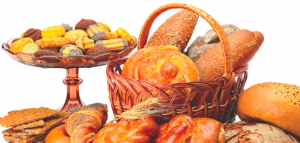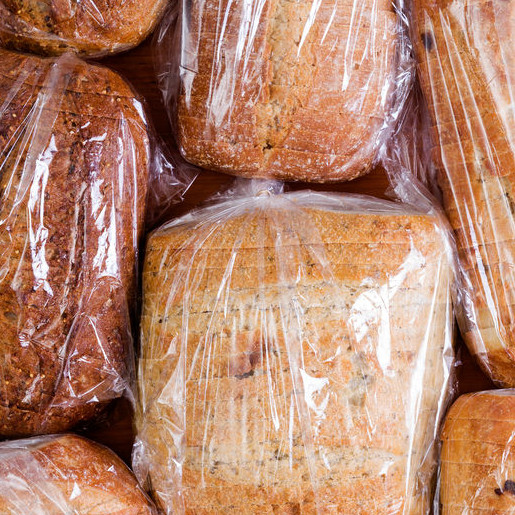Could this be the worst thing since sliced bread? According to two new studies from China and Australia, ultra-processed food is at the root of much of our ill health – with the highest consumers 24 per cent more likely to suffer heart attacks and strokes, and 39 per cent more likely to develop high blood pressure.
Britain and the US are the world’s biggest consumers of ultra-processed food, with more than half our daily calories coming from inside plastic packaging.
 In a dismaying twist, researchers are now labelling bread as an ultra-processed food, (UPF). This means it has been industrially manipulated to be a long way from the initial raw ingredients, and generally contains additives, including preservatives, emulsifiers and stabilisers – which you couldn’t buy in your local supermarket.
In a dismaying twist, researchers are now labelling bread as an ultra-processed food, (UPF). This means it has been industrially manipulated to be a long way from the initial raw ingredients, and generally contains additives, including preservatives, emulsifiers and stabilisers – which you couldn’t buy in your local supermarket.
More than eight in 10 loaves we buy come from the supermarket, sliced and in a plastic bag – packaging which in itself is significant according to Dr Chris van Tulleken, the author of Ultra-Processed People: the Science Behind Food that isn’t Food.
Van Tulleken defines UPF as, “products wrapped in plastic which contain at least one additive you don’t find in a domestic kitchen” – which, on the surface of it, includes our humble supermarket loaf.
Not all bread counts as UPF. A loaf containing just flour, salt, and yeast is simply “processed” and processed food isn’t a problem. Many of the expensive sourdoughs fit into this category.
 So, what does this mean for the rest of us, who’ve spent decades buying brown bread, assuming it to be the healthy choice?
So, what does this mean for the rest of us, who’ve spent decades buying brown bread, assuming it to be the healthy choice?
Should we be avoiding the sliced loaf altogether? Absolutely not, says dietitian Clare Thornton-Wood of the British Dietetic Association. While she agrees that freshly made food is better, in the end, it’s all about balance. “Bread is good for you,” she says. “It’s a source of fibre, calcium and B vitamins.
A wholemeal sourdough might be a great choice, if possible, but otherwise go for something that’s got a variety of grains and maybe some seeds for added nutrients and fibre.”
So how does your regular supermarket loaf measure up?


